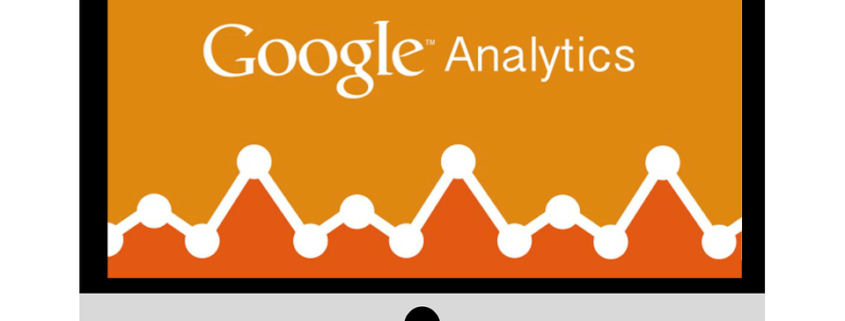How to Create Custom Reports & Dashboards
Google Analytics’ standard reports are really great and offer up a wealth of great information. However sometimes this can get overwhelming as you may have to go into multiple reports to get one answer. Both Custom Reports and Dashboards help you overcome this issue by allowing you to combine certain dimensions and metrics together in order to make reporting and analysis easier.
Google Analytics Custom Reports
Custom reporting is really useful for a multitude of reasons, but first and foremost it allows you to see reports for some dimensions that Google Analytics doesn’t report on out of the box. These could be hostname reports (eg: what domains is your GA code firing one), custom dimensions (eg: dimensions you have created in your admin), or to combine out of the box dimensions together (eg: Paid Search Keywords with Time of Day). The second way to look at Custom Reports is from the metrics side of the fence. Google Analytics has standard metrics tables and organize them in the way they want. But what if you want to see Bounce Rate first, then Transaction Revenue second, then Sessions? Custom Reports allow you to organize your columns any which way you want, as well as group your own metrics in any way.
Google Analytics Dashboards
Admittedly the Google Analytics Dashboards aren’t anything to write home about. We here at Bluefin Strategy actually use the Google Analytics API to create our own reports within Google Sheets and then display things the way we want. You may also have more flexibility using Google Data Studio, although that comes with its own limitations. Never the less, if you’re looking for quick and dirty dashboards Google Analytics has you covered. The benefits are that they are easy to create, are retroactive, and you can apply both time comparisons AND advanced segments to them. The latter is the only reason we still use them at all.
From a strategic standpoint use dashboards as the first line of defense. What are the four to five metrics that really matter. What metrics actually affect the conversion on your website and what are the dimensions that matter most. You want your dashboards to be actionable as if they are waving a flag saying “Hey, something is wrong over here”. Don’t clutter them up with useless data points that would not help you make a better conversion decision. If you have more than six dashboard widgets you really need to ask yourself if this is really a “dashboard” or just one big report.










